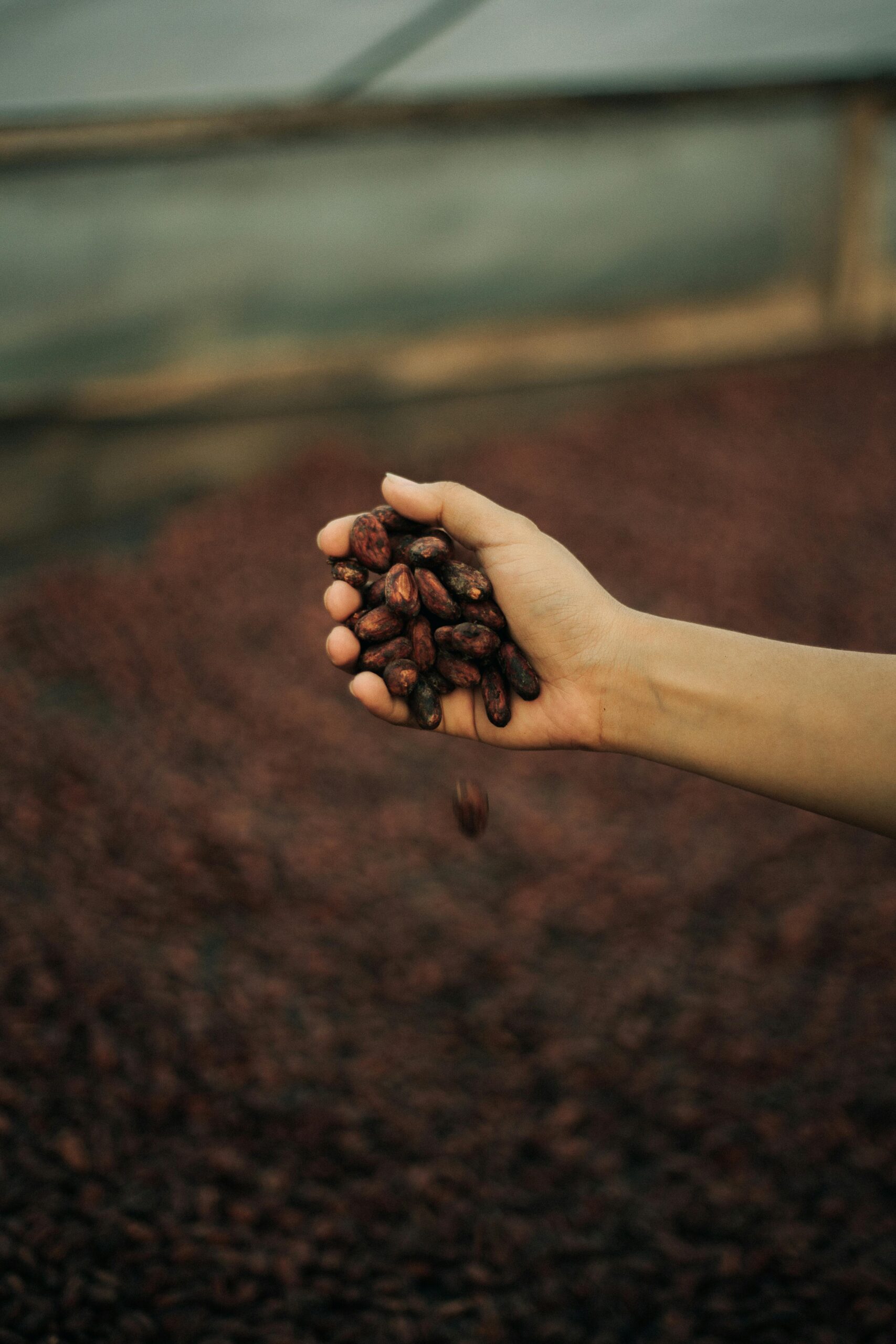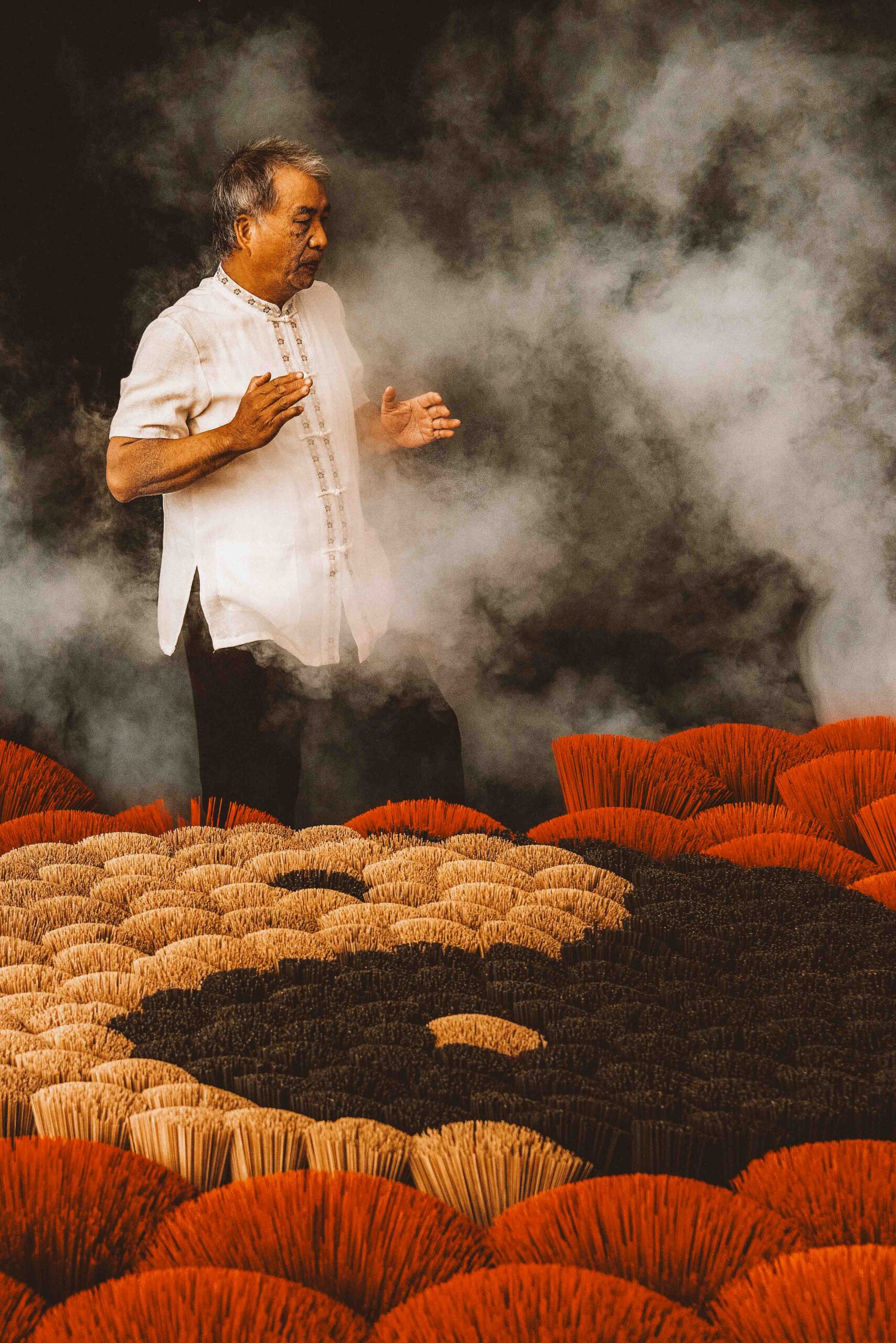As cacao ceremonies increasingly gain interest through the fusion of the spiritual and wellness communities, let’s delve into the important distinction between cacao vs cocoa- because while they come from the same bean, they are not the same for spiritual or wellness purposes.
Historical and Spiritual Background of Cacao
Ancient Origins and Cultural Significance
The word ‘cacao’ first found its roots in the Maya and Aztec civilizations, where it was revered both for its delectable taste and its spiritual significance.
Cacao, as ‘Ka-Kow’ to the Maya people, was consumed as a frothy, bitter beverage seasoned with spices and chilis, reserved for honored guests and for use in sacred rituals. It was believed that cacao was a gift from the gods, with its consumption providing divine wisdom.
Ritualistic Value and Social Symbolism
Cacao held a central place in rituals and ceremonies, symbolizing life and fertility. Its consumption was an act of communion and unity.
The ceremonial drinking of cacao has made a revival in contemporary spiritual practices, offering a bridge between ancient wisdom and modern seekers.
Cacao and Cocoa: Understanding the Differences
Cacao in its Pod Versus Cocoa in Your Cup
The most significant difference between cacao and cocoa is their starting point – the cacao bean inside the pod. What happens to this bean subsequently determines the product’s end benefits and uses.
Raw and Nutritious Cacao
Raw cacao is nutritionally dense, packed with antioxidants, vitamins, and minerals. It is acclaimed for its ability to elevate mood, enhance cognitive function, and provide natural energy. Cacao in its pure form is considered a superfood, credited with myriad health benefits.
The Cooked and Comforting Cocoa
Cocoa, however, is the processed, cooked, and sugared version of cacao. While it still retains some nutritional value, it is significantly lower compared to its raw counterpart, especially in terms of antioxidants and flavonoids. Cocoa’s primary role lies in its ubiquity in desserts and confectionaries, where its rich flavor and color add depth to recipes.
Processing and Production: The Journey from Cacao to Cocoa
The Deliberate Process of Cacao Harvesting
Cacao production, ideally, begins with the careful and conscious harvesting of the cacao pods. Beans are usually left to ferment to develop their flavors, and then sun-dried to preserve their raw state. This meticulous approach ensures that the integrity and health benefits of cacao remain intact.
The Industrial Mechanization of Cocoa
Conversely, the transformation into cocoa often involves mass production in factories, where beans are processed to meet the demands of scale and shelf life. This industrial approach prioritizes efficiency over the preservation of nutritional elements, resulting in a more processed and less potent product.
Nutritional Insights: Cacao Superfood Status vs Cocoa’s Indulgent Nature
Cacao as a Health Pioneer
Cacao has been deemed a superfood in the realm of health. It’s gained this status for its cardiovascular benefits, anti-aging properties, and the potential to reduce stress. It is a rich source of magnesium, iron, and endorphin-boosting compounds, making its role in conscious living and healthy dietary practices indispensable.
Navigating Cocoa’s Nutritional Landscape
Although cocoa is often dismissed for its high sugar and fat content typical of many chocolate products, it still offers a range of healthful polyphenols and nostalgic sensory experiences. While cocoa may not be as nutrient-dense as cacao, it can still find a healthy place in balanced diets and occasional treats.
Flavor Profile: Cacao’s Richness and Cocoa’s Sweetness
Understanding the Palate of Cacao
The first taste of cacao is markedly different from the processed sweetness of cocoa. Cacao, in its purest form, is intensely bitter with undertones of fruit and nuts, providing a robust and earthy profile that tends to be more of an acquired taste.
Cocoa’s Development through Processing
The evolution from cacao to cocoa involves roasting, grinding, and pressing the bean, which significantly alters its composition and flavor. The process reduces bitterness and enhances sweetness, leading to the familiar taste of chocolate that the world adores.
Cultural and Ceremonial Aspects: Cacao Revival and Cocoa’s Modern Flair
The Relevance of Cacao in Today’s Ceremonies
Contemporary cacao ceremonies offer a space for reflection, meditation, and community, with cacao acting as a heart opener that invites participants to connect with themselves and others on a deeper level. This revival of ritual is an homage to cacao’s ancient spiritual role and a response to the collective search for meaningful experiences.
Cocoa’s Versatility and Popular Appeal
In contrast, cocoa’s modern makeover sees it as an ingredient in a wide array of dishes beyond the dessert domain. From savory stews to spicy chilis, cocoa’s depth of flavor and slight bitterness can add a unique dimension to culinary creations, appealing to the adventurous and the health-conscious.
Ethical and Environmental Considerations For a Conscientious Choice
The Quest for Ethical Cacao and Cocoa
The production and sourcing of both cacao and cocoa have been marred by concerns over labor practices and fair trade. Ethical consumers seek out products that support sustainable farming and fair wages, ensuring that their indulgence does not come at the expense of others’ well-being.
Environmental Repercussions of Cocoa Production
Cocoa farming, particularly in regions like West Africa, has been linked to deforestation and the use of child labor. Conscientious living involves being aware of these issues and choosing products that promote better environmental stewardship and social responsibility.











